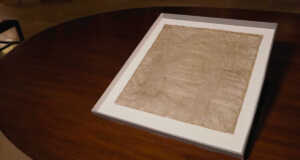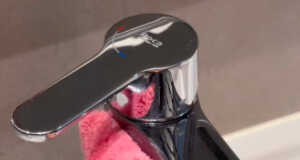It’s never fun when you’ve got an infestation of insects inside your home. But, often times there some steps you can take to handle the problem yourself. When it comes to snow fleas, they sound worse than they are. These tiny bugs are not fleas at all, but earned their name from their similar size and jumping ability to fleas.
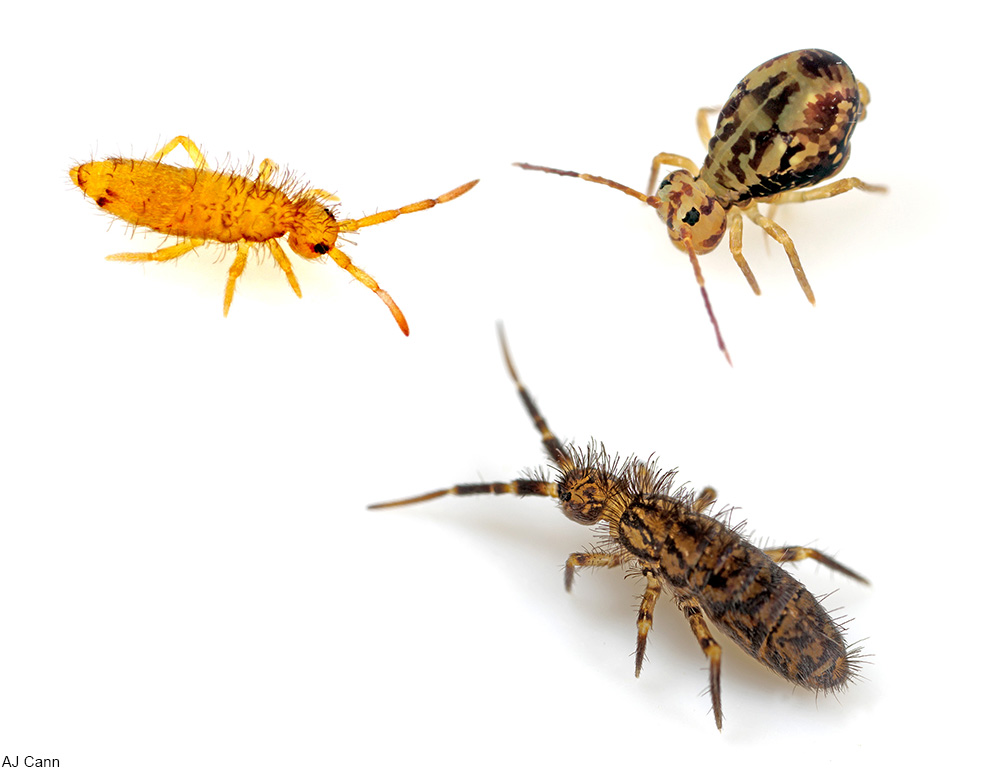
Springtails, belonging to the order of Collembola, are tiny bugs that usually measure around 1/16″ long. The really species of this insect can measure up 6 millimeters or larger, but they are a very small type of creature overall. They can be brown, white, or mottled colors.
They look like bugs, but technically springtails are hexapods, a type of wingless, 6-legged arthropod. This means they have three jointed pairs of legs. As first glance they can be mistaken for fleas, because they have a furcula, a forked appendage which is released from the abdomen when they are frightened or need to escape danger. This appendage catapults a springtail up to 6 inches into the air. This can be quite startling to find in your home.

These critters are common in forests and thrive in some soils, but they can also crowd in and around homes, multiplying quickly. Some species can spend time on the surface of still waters and some have been found on the surface of fresh snow, hence the nickname of “snow fleas.” But, these bugs are not parasitic to humans and will not bite humans or pets. Unlike fleas, springtails have antennae, though they can be hard to see sometimes.
Springtails like to be in moist environments and often can live on fungi or fungi-loving insects. If you see them inside your home then the first thing to do is to look for a moisture problem, fix any leaks, and seal any gaps or holes. For this reason springtails are often found in bathrooms and kitchens, but can also infest porches and other rooms as well.

Dehumidifiers and increased ventilation in your home can also help to dry out an area and make it an unappealing home for springtails. They tend to live near to leaks and don’t travel far, so make sure to check for moisture near where you find them.
It is also recommended that you replace weather stripping along windows and doors and make sure there are no leaks if you see springtails inside.
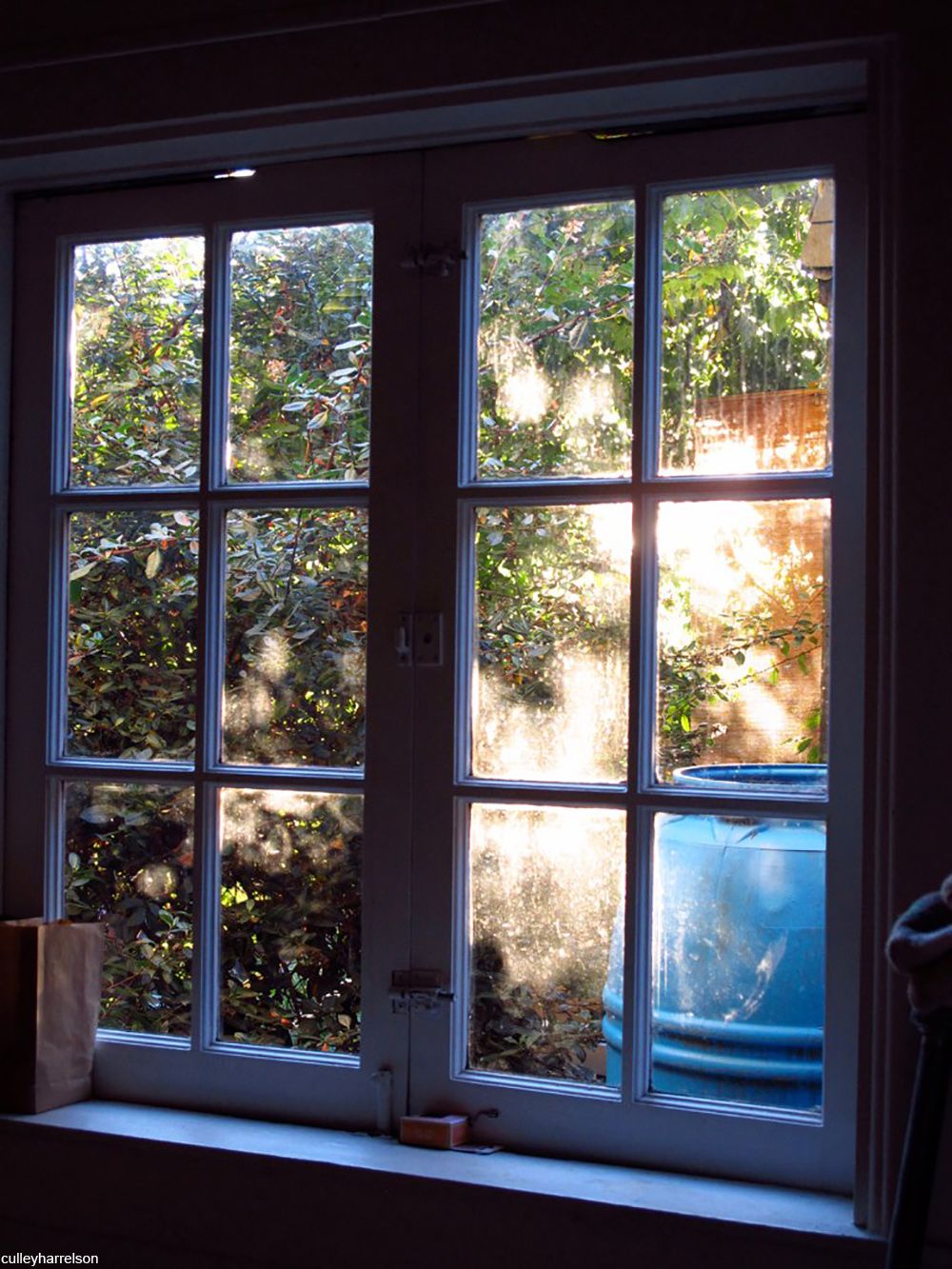
Along windowsills and doors you can put down a layer of diatomaceous earth to kill them. The springtails will eat this and their insides and their will become damaged because this substance is basically powdered glass. Diatomaceous earth is the fossilized remains of diatoms or microscopic marine organisms from around 13 million years ago and some of these tiny fossils contain silica.
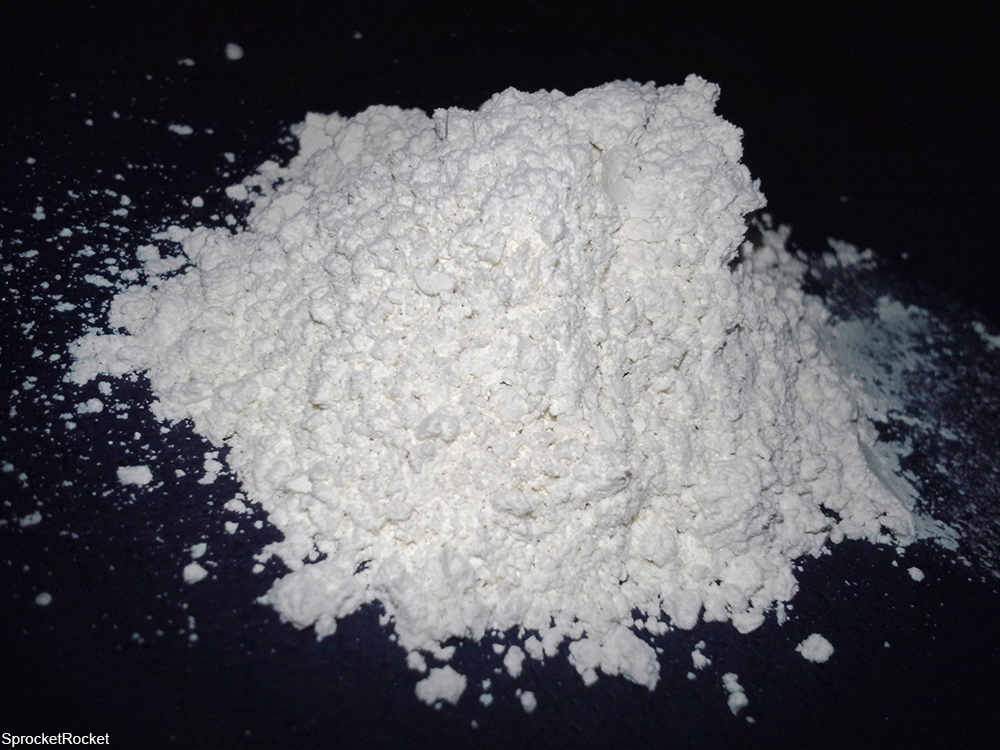
Another home remedy is to spray the springtails with pure vinegar. The acid in the vinegar will nearly always kill them. However, some sources advise to use a bleach spray if vinegar doesn’t work. Clearly this is a much stronger solution and cannot be used where fabrics or finishes could possibly be damaged by chlorine.
While these arthropods can be annoying and numerous, they don’t pose a health threat to humans. In fact, you might say they are helpers since they can alert us to moisture problems and leaks. However, it’s understandable why you might not want an infestation of tiny jumping hexapods inside your home.


